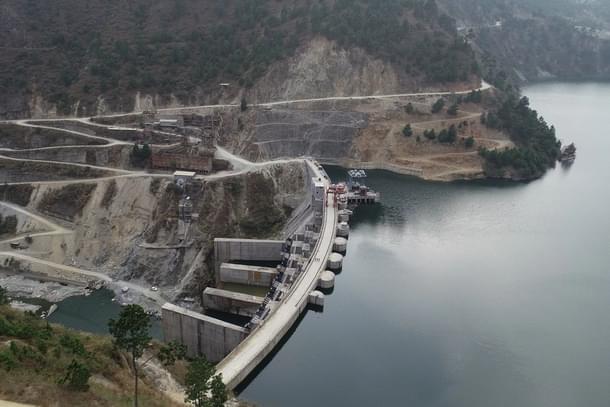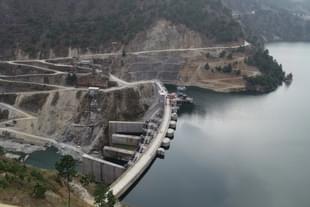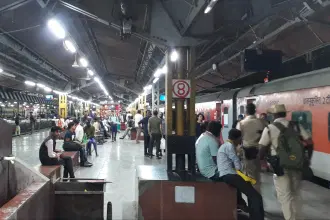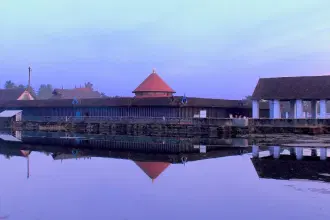News Brief
2,220 MW Oju Hydropower Project In Arunachal’s Upper Subansiri, Near China Border, Gets Central Panel Nod
Swarajya Staff
Sep 24, 2025, 02:01 PM | Updated 02:01 PM IST
Save & read from anywhere!
Bookmark stories for easy access on any device or the Swarajya app.


The Union Environment Ministry’s expert committee has given its recommendation for environmental approval to the 2,220 MW Oju hydroelectric project on the Subansiri river at Taksing, close to the China border, Indian Express reported.
Placed at the uppermost point of the chain of projects planned in the Subansiri basin, Oju will have the highest approved generation capacity.
According to the project’s environmental impact assessment report, the Subansiri basin has several other proposed hydropower schemes — Niare, Naba, Nalo, Dengser, Upper Subansiri and Lower Subansiri.
The Expert Appraisal Committee (EAC) on hydroelectric and river valley projects has now recommended clearance for Oju project.
In August, Assam environmentalist Bimal Gogoi wrote to the panel, pointing out that the Subansiri basin’s Cumulative Impact Assessment (CIA) and Carrying Capacity Study (CCS) were outdated.
Both exercises, completed in 2014, should be updated, he argued, since they examine the effect of multiple dams on the river system.
According to the minutes of the meeting on 12 September, the EAC noted the Subansiri basin studies were finalised in 2014 and the information in them was already more than a decade old.
Still, after reviewing the hydrological and ecological flow data submitted by the project developer, the panel agreed to proceed with approval.
The project is proposed to be located about five kilometres downstream of Redi village in Upper Subansiri’s Taksing block and will be built by Oju Subansiri Hydro Power Corporation Pvt. Ltd.
The primary powerhouse is designed to generate 2,100 MW, with an additional 120 MW from a dam-toe station.
The project implementation will divert nearly 750 hectares of forest land, submerge 43 hectares, and require relocation of nine households.
The required public hearing was already held in August 2024 at Redi.
According to the developer, a full glacial lake flood study was carried out, identifying vulnerable lakes and conducting a dam-break analysis.
The panel, however, emphasised design flood estimation should include glacial lake flood scenarios.
Please click here to add Swarajya as your preferred and trusted news source on Google.





